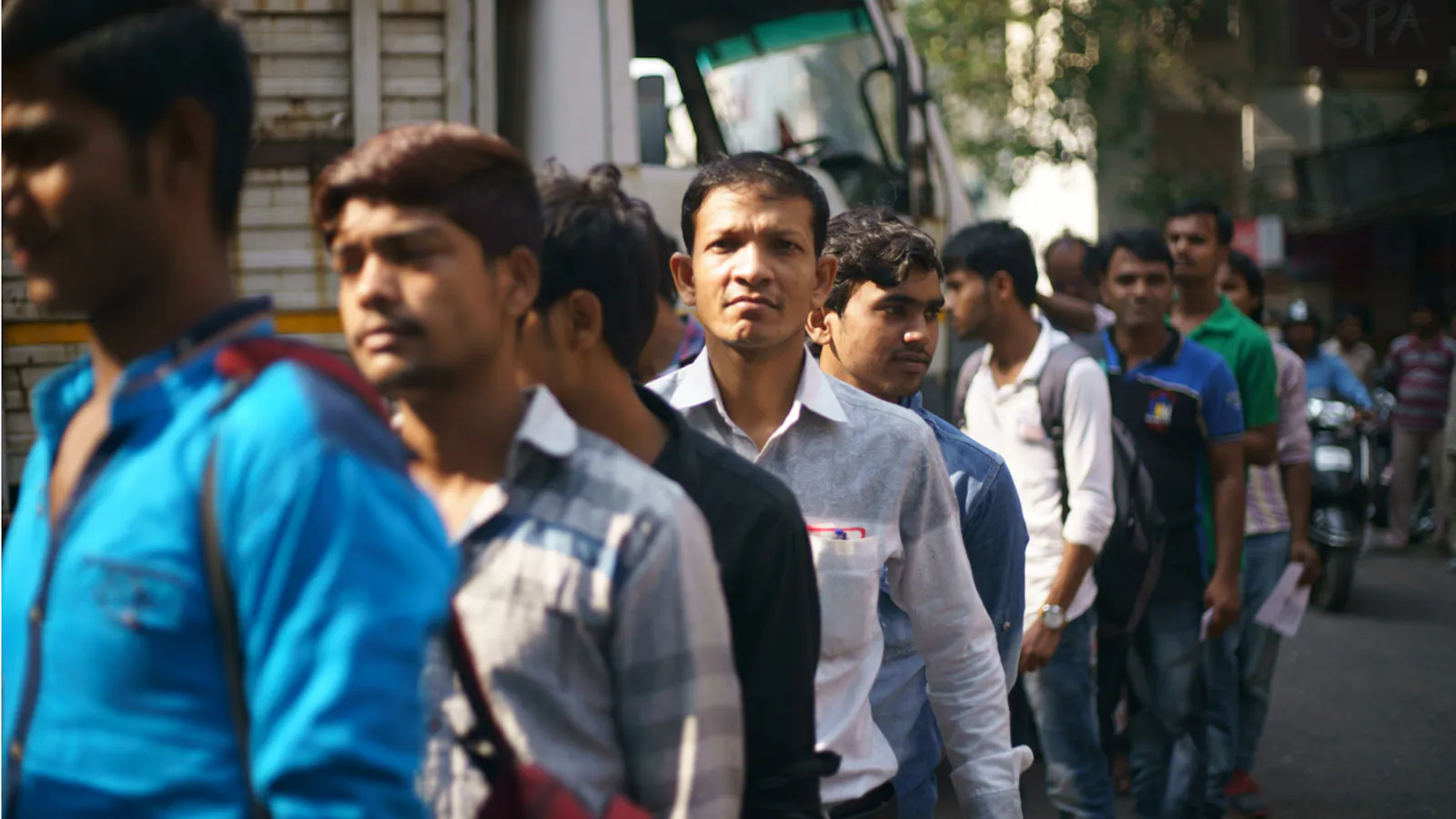Introduction
The unemployment rate is a crucial economic indicator that reflects the health of a country’s job market and its overall economic stability. In India, a country with a diverse and dynamic economy, tracking unemployment trends over time provides valuable insights into economic performance, labor market dynamics, and policy impacts. This article examines the unemployment rate in India from 2008 to 2024, highlighting historical trends, current figures, and the factors influencing these trends.
Historical Trends (2008-2024)
2008-2010: The Impact of the Global Financial Crisis
During the global financial crisis of 2008, India’s economy faced significant challenges. The unemployment rate during this period was relatively stable but began to rise slightly as the crisis impacted various sectors, particularly manufacturing and export-oriented industries. The unemployment rate hovered around 7.5% to 8% during these years.
2011-2015: Economic Growth and Job Creation
From 2011 to 2015, India experienced robust economic growth, which contributed to job creation and a gradual decrease in unemployment. The unemployment rate fell to approximately 6% by 2015. This period saw significant investments in infrastructure and a boom in sectors such as information technology and services, which helped absorb some of the labor market slack.
2016-2020: Demonetization and Economic Slowdown
The demonetization initiative in late 2016, aimed at curbing black money and counterfeit currency, had a short-term negative impact on employment, particularly in the informal sector. Additionally, the economic slowdown and challenges in the agricultural sector contributed to rising unemployment. By 2019, the unemployment rate had increased to around 7.2%, reflecting these challenges.
2020-2021: The COVID-19 Pandemic
The COVID-19 pandemic had a severe impact on the global economy, and India was no exception. Lockdowns, disruptions in supply chains, and a decline in economic activity led to a spike in unemployment. In 2020, the unemployment rate surged to over 8%, with significant job losses across various sectors, including hospitality, tourism, and small enterprises.
2022-2024: Recovery and Challenges
As India began to recover from the pandemic, economic activity gradually picked up. However, the recovery was uneven, with some sectors bouncing back more quickly than others. The unemployment rate saw a decline, reaching around 6% by 2022. Factors contributing to the recovery included government stimulus measures, increased vaccination rates, and the gradual reopening of businesses.
Current Rate (2024)
As of 2024, the unemployment rate in India is estimated to be around 5.8% to 6.2%. This figure reflects a moderate improvement compared to the peaks observed during the pandemic. The current unemployment rate is influenced by several factors, including:
- Economic Growth: Ongoing economic reforms and investment in infrastructure are contributing to job creation.
- Technological Advancements: The rise of digital and tech-driven industries is creating new employment opportunities.
- Demographic Changes: The growing working-age population presents both opportunities and challenges in the job market.
Key Factors Influencing Unemployment
- Economic Policies: Government policies, including fiscal stimulus, labor market reforms, and investment in infrastructure, play a significant role in influencing employment levels.
- Technological Change: Automation and technological advancements can lead to job displacement but also create new opportunities in emerging sectors.
- Global Economic Conditions: Global economic trends and trade policies impact India’s export-driven sectors and, consequently, employment levels.
- Education and Skill Development: The alignment of educational outcomes with market needs is crucial for reducing unemployment, especially among the youth.
Conclusion
The unemployment rate in India has experienced fluctuations over the years, influenced by global economic events, domestic policies, and sectoral shifts. From the impact of the global financial crisis to the effects of the COVID-19 pandemic, and the ongoing recovery efforts, understanding these trends is essential for policymakers, businesses, and job seekers. As India continues to navigate economic challenges and opportunities, addressing the factors influencing unemployment will be crucial for achieving sustainable and inclusive growth.
Despite pandemic and lockdown, India’s unemployment rate fell to 4.2% in 2020-21 https://www.moneycontrol.com/news/business/economy/despite-pandemic-and-lockdown-indias-unemployment-rate-fell-to-4-2-in-2020-21-8685601.html
India’s unemployment rate shoots to 23.5% in April: CMIE
https://www.businesstoday.in/latest/economy-politics/story/india-unemployment-rate-april-cmie-highest-257055-2020-05-01




